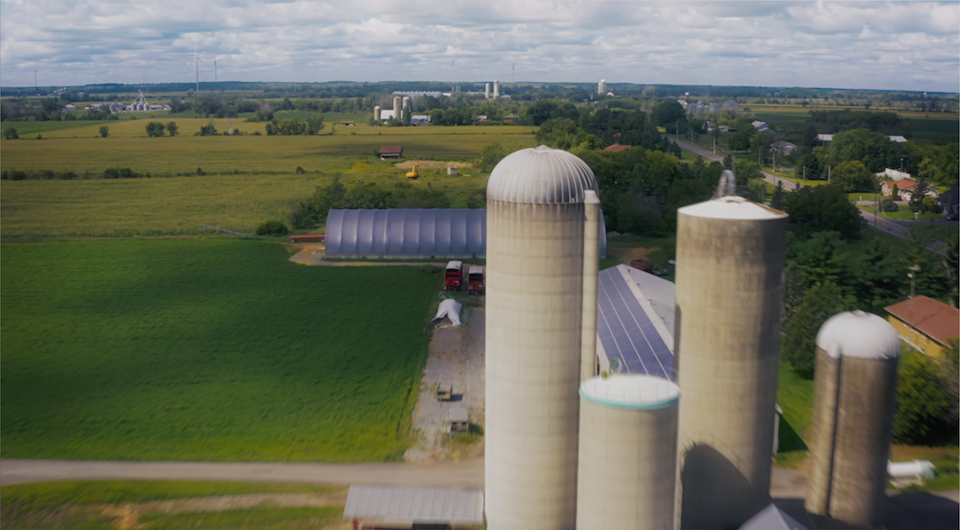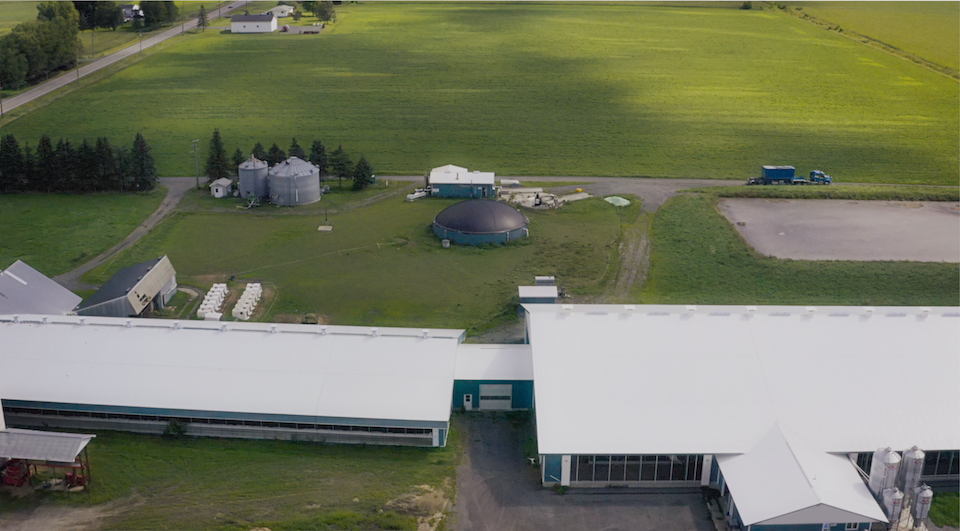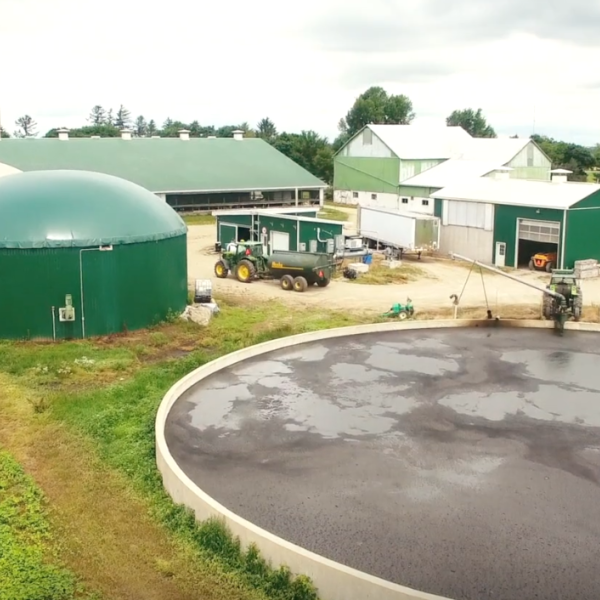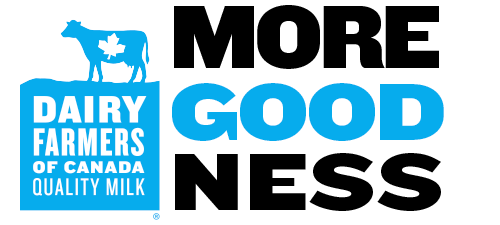
From bioenergy to solar: Farming with renewable energy
Canadian dairy farmers are well positioned to take advantage of renewable energy, with ready access to manure and crops that can be turned into biofuels, plus the ability to harness power from the sun and wind. Read on to learn more about how some farmers in the Canadian dairy sector are embracing renewable energy.
Making the most of bioenergy
You don't need to be an expert to know that dairy cows produce a fair amount of manure. It's a natural part of the process, and farmers use it as fertilizer on their fields. To take it a step further, some farms have also installed biodigesters, also known as anaerobic digesters, which take the methane emissions from manure and turn it into renewable biofuel. Essentially, the digesters are mini power-plants, with a few other added benefits. Talk about turning a messy situation into a bright idea!
Other benefits of biogas digesters:
- By capturing and combusting methane from manure, methane emissions from the farm can be reduced by up to half ¹
- In addition to reducing emissions and generating renewable energy, digesters also reduce odors associated with manure, by up to 90% ¹
- One of their by-products is a nutrient-rich dry manure, which farmers can use as fertilizer for their crops – or use as comfortable bedding for animals, before later re-using as fertilizer.

One in eight farms in Canada reported some form of renewable energy production in 20213.
Good for farmers, good for the planet
While dairy farmers are naturally committed to sustainability and care about reducing emissions, for many, biodigesters also present an economic opportunity. While the initial investment is significant, an average-sized biodigester can supply a farm with all the power it needs and more, reducing that farm's reliance on the grid. Where permitted, some larger digesters can even produce enough energy for the farmer to sell it back to the grid.
One dairy farm in New Brunswick produces enough electricity from biogas to power over 1,000 nearby homes and businesses – approximately 13 million KWh/year. At the other end of the spectrum, mini-digesters, like this one in Ontario, can produce about 20 kW of electricity, and can be set up at lower cost. As of 2016, there were over 60 agricultural and food-waste digesters in operation in Canada.²
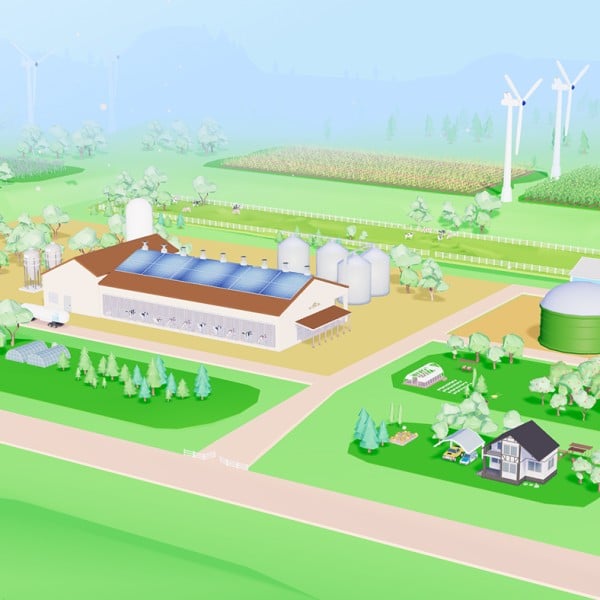
Canadian Dairy Farm Discovery
Explore NowOther renewable energy projects
Apart from generating renewable biofuels, more and more farmers are also taking advantage of other sources of green energy.
Solar power
While all farmers are farming the sun by capturing sunlight and CO² from the atmosphere to grow crops and food, there is an additional way to harness the power of the sun for another type of energy Canadians depend on. Many farms in recent years have opted to install solar panels – typically, on the roofs of their barns and other outbuildings. This can immediately lower farms' energy costs (not to mention reduce their carbon footprint). And like biogas, solar photovoltaic systems can also be scaled up to produce excess energy, which, in many provinces, can be sold back into the grid – truly, an example of solar farming. This could be why it is the more common form of renewable energy production on Canadian farms according to the 2021 Census.
Solar energy production, harnessed through solar panels and batteries, is the most common form of renewable energy production on Canadian farms, having doubled in five years from 2016 to 2021.3
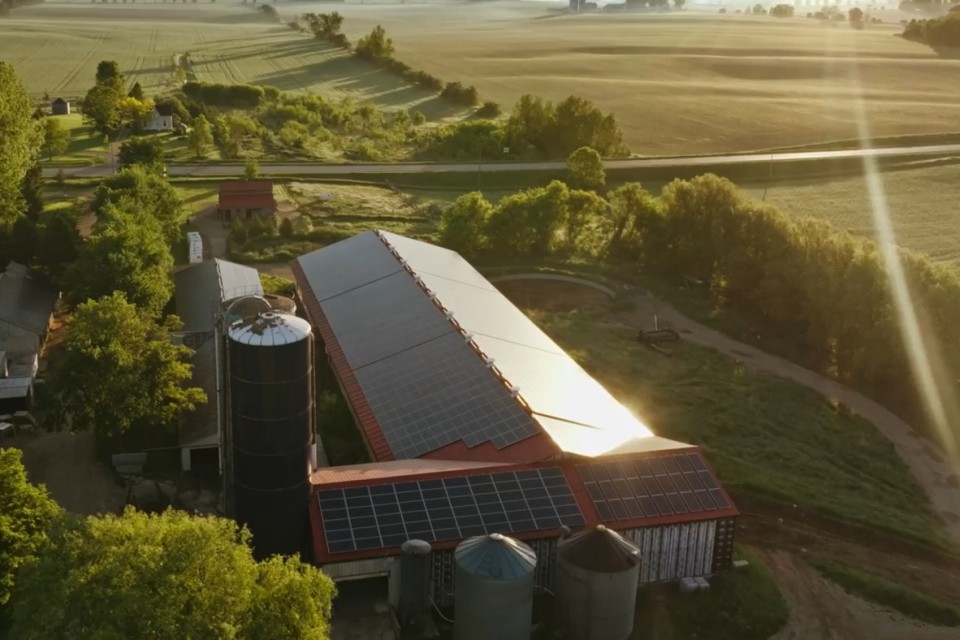
Wind power
Farms in many areas in this country have one resource a plenty: the wind. Where winds are strong enough- for example on ridges, or wide open windy spaces, it makes sense to install wind turbines to harness that wind power and create green energy. As of 2016, there were over 1,500 farms in Canada reporting to harness wind energy.²
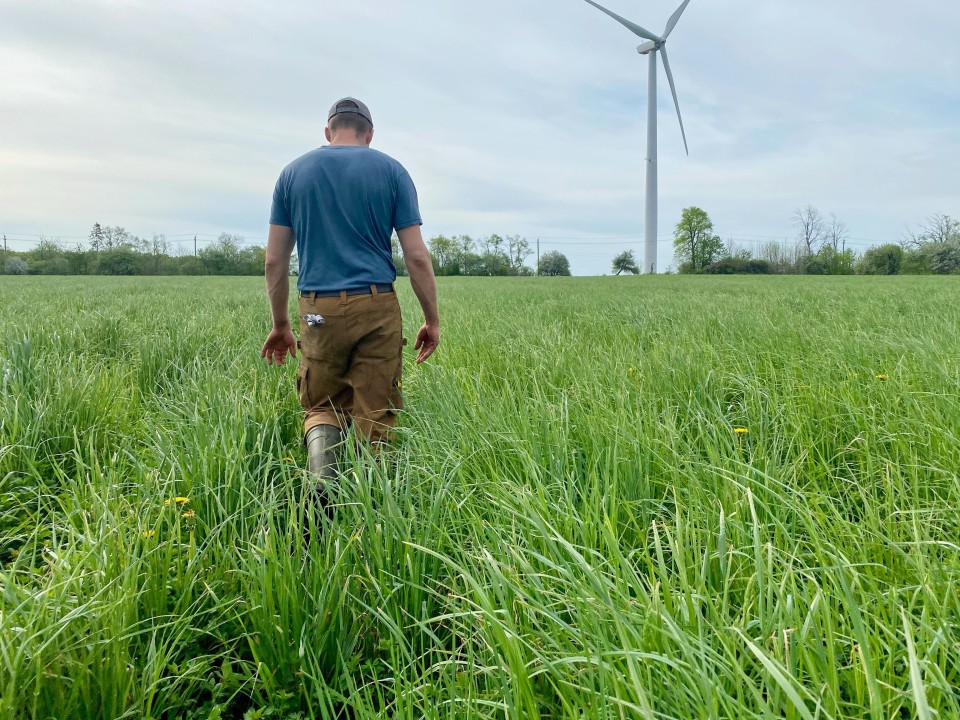
Ethanol and biodiesel
In addition to producing quality Canadian milk, many Canadian farmers have begun producing ethanol, as a byproduct of their crops. Ethanol is extracted from grains, such as corn, that farmers already grow for feed. Because cows eat the whole plant of corn (as well as the leftovers from the ethanol-making process), this seems like a natural fit. And it's a product in high demand: ethanol is included in all gasoline sold in Canada.
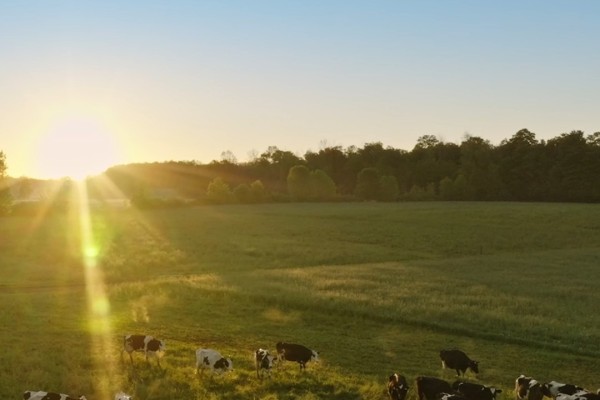
A more sustainable tomorrow
Learn MoreSources
(1) Agriculture and Agri-Food Canada, Energy Generation on the Farm: Anaerobic Digestion.: https://www.dairyfarmers.ca/content/download/308/1696/file/EnergyGenerationontheFarmAnaerobicDigestion.pdf
(2) Census of Agriculture, Renewable energy production, 2016 census. https://www150.statcan.gc.ca/t1/tbl1/en/tv.action?pid=3210044901
(3) Statistics Canada. 2022. Canada’s 2021 Census of Agriculture: A story about the transformation of the agriculture industry and adaptiveness of Canadian farmers. https://www150.statcan.gc.ca/n1/daily-quotidien/220511/dq220511a-eng.htm

